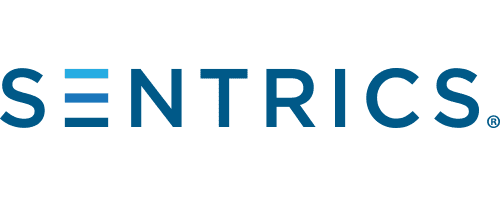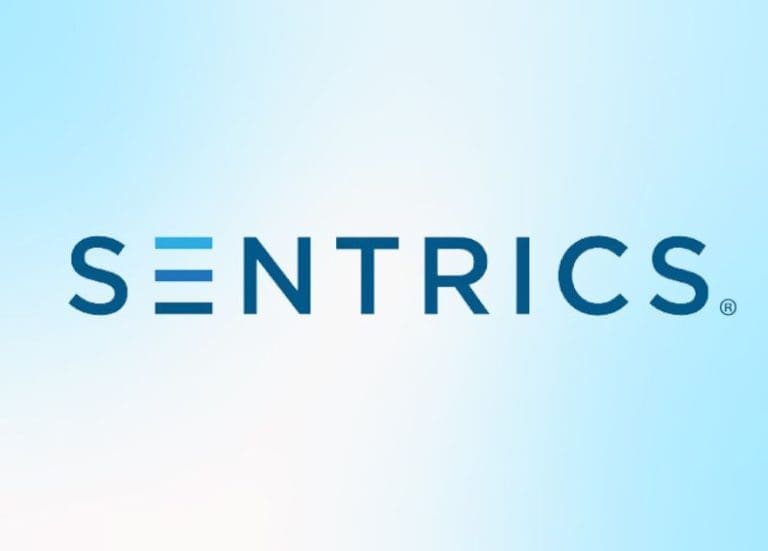What Is Joint Commission Accreditation?
As the population ages and demand for long-term care options increases, more and more assisted living communities are seeking Joint Accreditation from the Joint Commission. Joint Accreditation is a rigorous process that involves meeting strict standards for quality and safety and can help to improve the overall quality of care and safety in assisted living communities. In this article, we’ll take a closer look at what Joint Accreditation is, why it’s important for assisted living communities, and what you need to know to achieve it.
The Joint Commission is a non-profit organization that accredits healthcare organizations and programs, including hospitals, nursing homes, and assisted living communities. Joint Accreditation is a voluntary process that involves meeting rigorous standards for quality and safety and provides an external validation of the quality of care and services provided by an organization.
Why Is The Joint Commission Offering An Assisted Living Accreditation?
The decision to offer this accreditation was based on several factors, including:
- Growing demand for assisted living: As the population ages and the demand for long-term care options increases, there is a growing need for high-quality assisted living communities.
- Lack of consistent quality standards: Prior to the Joint Commission’s involvement, there were no consistent quality standards for assisted living communities. This lack of standards made it difficult for consumers to compare options and for regulatory bodies to enforce standards.
- Opportunity to improve care and safety: Accreditation can help to improve the quality of care and safety in assisted living communities by establishing consistent standards and providing a framework for ongoing quality improvement.
- Increased accountability: Accreditation provides an external validation of the quality of care and services provided by assisted living communities, increasing accountability to residents, families, and regulatory bodies.
By offering accreditation for assisted living communities, the Joint Commission is helping to raise the bar for quality care and safety in these settings, while providing consumers with a way to identify high-quality options.
What Are The Requirements For Joint Commission Accreditation In Assisted Living?
Achieving Joint Accreditation in assisted living involves meeting a range of standards related to quality and safety, including:
- Resident rights and responsibilities: Assisted living communities must respect and protect the rights of residents, including their right to privacy, autonomy, and dignity.
- Governance and administration: Communities must have a clear organizational structure and governance system in place, as well as policies and procedures for managing operations.
- Emergency management: Communities must have comprehensive emergency management plans in place to ensure the safety of residents in the event of a natural disaster or other emergency.
- Staffing and training: Communities must have sufficient staffing levels and provide ongoing training to ensure that staff members are knowledgeable and competent in their roles.
- Medication management: Communities must have comprehensive medication management protocols in place to ensure that medications are administered safely and accurately.
- Infection prevention and control: Communities must have comprehensive infection prevention and control measures in place to prevent the spread of infectious diseases.
How Can Assisted Living Communities Achieve Joint Commission Accreditation?
Achieving Joint Accreditation in assisted living can be a challenging process, but there are several steps communities can take to make it easier:
- Conduct a self-assessment: Before beginning the accreditation process, assisted living communities should conduct a self-assessment to identify areas where they may need to improve.
- Develop and implement quality improvement initiatives: Communities should develop and implement quality improvement initiatives to address any areas where they fall short of Joint Accreditation standards.
- Engage staff and residents: Achieving Joint Accreditation requires the involvement and commitment of all staff members and residents, so communities should take steps to engage both groups in the process.
- Utilize technology: Technology can be a valuable tool for achieving Joint Accreditation by streamlining processes, improving communication, and enhancing quality of care.
- Seek external support: Assisted living communities may also want to seek external support from consultants or accreditation experts to help guide them through the process.
What Are The Biggest Hurdles To An Accreditation From The Joint Commission In Assisted Living:
Achieving accreditation from the Joint Commission for an assisted living community can be a rigorous process that involves meeting strict standards for quality and safety. Some of the biggest hurdles to accreditation may include:
- Meeting all applicable standards: The Joint Commission has established rigorous standards for accreditation, and assisted living communities must demonstrate compliance with all applicable standards to achieve accreditation.
- Implementing quality improvement programs: Accreditation requires assisted living communities to have ongoing quality improvement programs in place to identify and address areas for improvement. Implementing these programs and demonstrating their effectiveness can be a significant challenge.
- Staffing and training: Assisted living communities must have sufficient staffing levels and provide ongoing training to ensure that staff members are knowledgeable and competent in their roles. Meeting these staffing and training requirements can be difficult for some communities.
- Meeting the needs of residents with complex health needs: Assisted living communities must be equipped to meet the needs of residents with complex health needs, including those with chronic conditions or memory impairments. This can be challenging for some communities, particularly those with limited resources.
- Ensuring resident safety: Accreditation requires assisted living communities to have comprehensive safety measures in place, including infection control protocols and emergency preparedness plans. Ensuring resident safety can be a significant challenge, particularly in the face of unexpected events such as natural disasters.
Overall, achieving accreditation from the Joint Commission for an assisted living community requires a significant commitment to quality and safety, as well as a willingness to continuously improve and adapt to changing circumstances. While the process can be challenging, it can also be a valuable tool for improving the quality of care and services provided to residents.
How Can Technology Help With Joint Commission Accreditation In Assisted Living?
Technology can play a valuable role in helping assisted living communities achieve Joint Commission accreditation by streamlining processes, improving communication, and enhancing quality of care. Here are some ways technology can help:
- Electronic health records (EHRs): EHRs can help assisted living communities manage and store resident health information, providing a central location for tracking medication schedules, care plans, and other important data. This can improve communication between staff members and ensure that all care is coordinated and documented in compliance with Joint Commission standards.
- Quality management software: Quality management software can help assisted living communities track and manage quality improvement initiatives, document compliance with Joint Commission standards, and analyze data to identify areas for improvement. This can help streamline quality management processes and ensure that the community is meeting all applicable standards.
- Communication tools: Communication tools such as secure messaging platforms and video conferencing can help staff members communicate more effectively with each other, with residents and their families, and with healthcare providers outside the community. This can improve care coordination, reduce errors, and ensure that everyone is on the same page when it comes to resident care.
- Resident monitoring technology: Monitoring technology such as wearable devices, sensors, and cameras can help assisted living communities monitor resident health and safety in real-time. This can help staff members identify potential health issues or safety risks before they escalate, and ensure that residents receive timely and appropriate care.
- Training and education tools: Technology can also provide staff members with access to training and education resources, including online courses, webinars, and interactive simulations. This can help ensure that staff members are knowledgeable and competent in their roles, which is a key requirement for Joint Commission accreditation.
Overall, technology can be a valuable tool for assisted living communities seeking Joint Commission accreditation by enhancing quality of care, improving communication and collaboration, and streamlining processes.
How Setrics Can Help With Joint Accreditation
You should check out Sentrics if you’re interested in having your Assisted Living Community accredited with the Joint Commission. Sentrics will provide you with the data-driven insights and technology you need to achieve accreditation for your community. With Sentrics, you will be able to create a RTLS eCall based system that is integrated with EMR, EHR, and is able to provide your community with the tools you need for better resident monitoring and better staff communication. By using Sentrics Ensure, your community can keep your residents safe, improve caregiver effectiveness, and reduce the risk of adverse events at the community and the costs associated with them. Not sure RTLS is for you yet? Take advantage of Ensure Lite while maintaining the option to upgrade to RTLS later.
The Ensure solution is part of an integrated suite, Sentrics360, which enables communities to gain a 360-degree view of your residents, improving outcomes, enhancing efficiencies, building family confidence and reducing risk. Visit sentrics.net or call (888) 988-8210 for more information.



